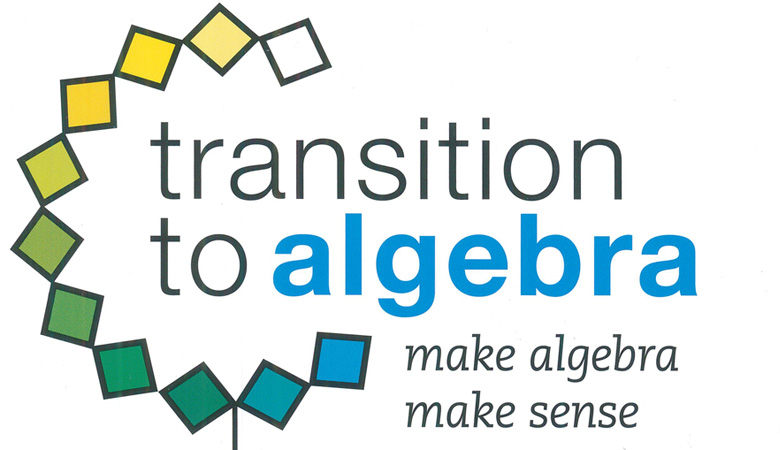Previously, I mentioned my 8th grade math class, fearlessly led by our beloved Mrs. Schumacher. We discussed an extra credit Bonus Problem the class had gotten. None of us had gotten the problem, partly because it’s easily solved by some algebra, which we hadn’t had.
I made the case then that we could have gotten the problem by trial and error, and spent some time extolling the virtues of such an approach, especially as a tool to get a feel for the problem’s landscape.
Now, it turns out my brother did me one better! A couple of weeks ago – having just recently seen a copy of the column for the first time – he texted me with some thoughts. This is my brother who doesn’t think he’s a ‘math type’ (didn’t like it in school, etc.), but who doesn’t give himself enough credit.I’d like to share his thoughts, and – naturally – some further ramifications and implications.
First, a quick summary/review of the problem & answer:
 “The local TV store wants to run a ‘sale’ on a certain model, but they want to receive $100 for the transaction. What starting price do they need to put on the sign in order that their ad can say ‘Take 20% off!’ and the result is $100?”. (Answer: $125)
“The local TV store wants to run a ‘sale’ on a certain model, but they want to receive $100 for the transaction. What starting price do they need to put on the sign in order that their ad can say ‘Take 20% off!’ and the result is $100?”. (Answer: $125)
For the sake of adding clarity to a typically terse text, I’ve expanded this a little, but here are my brother’s thoughts:
“If you have 20% missing out of a number, you have 80% left over. In this case, that 80% equals $100. One part in five (20%) is missing, so four parts of the original five remain. But if FOUR parts (of five) equals $100, then ONE part = $25. That one part is going to be the SAME one-in-five as the number taken from the original total. So, add that amount ($25) back in, and you get $125. Got to an answer w/out a direct need for algebra.”
Indeed he did!! And very nicely, I might add. As a brother and an educator, I was impressed.
I’d like to follow up on his thinking with one-and-a-half further points. The half-point is like the one I made back in January. There’s nothing in that thinking that couldn’t be equivalently done by a middle schooler, so we could indeed have gotten the Bonus Problem without algebra back then.
Still, many teachers would give spare body parts to see that kind of thinking from middle schoolers, and it’s probably our own fault that we don’t see it more. We (math teachers) don’t typically allow/encourage non-rote alternate thinking and solutions enough.
 The final point: Note how easily this thinking leads naturally to algebraic thinking down the road. Essentially, my brother said, “If FOUR fifths (or 80%) of a something is 100, then ONE fifth is 25, and FIVE fifths (our goal) is $125.” (Or more succinctly, “If 4/5 of something is 100 then the something is 5/4 times 100.”)
The final point: Note how easily this thinking leads naturally to algebraic thinking down the road. Essentially, my brother said, “If FOUR fifths (or 80%) of a something is 100, then ONE fifth is 25, and FIVE fifths (our goal) is $125.” (Or more succinctly, “If 4/5 of something is 100 then the something is 5/4 times 100.”)
Now replace the ‘something’ with (hold on!) an x: “If 4/5 of x = 100, then . . . “ Note this reasoning and wording still holds (and really helps!!) if things get uglier, like the discounted price being $97.95 instead of $100, say.
This is over-simplified, but students who gradually ease into algebraic thinking with these kinds of repeated situations tend to be more likely to view ‘algebra’ as a useful shortcut tool later on, as opposed to some magic-mumbo-jumbo-with-letters that needs to be mimicked for some unknown reason.
I think my brother would have gotten Mrs.Schumacher’s gold star that I missed on that one!
Comments are closed